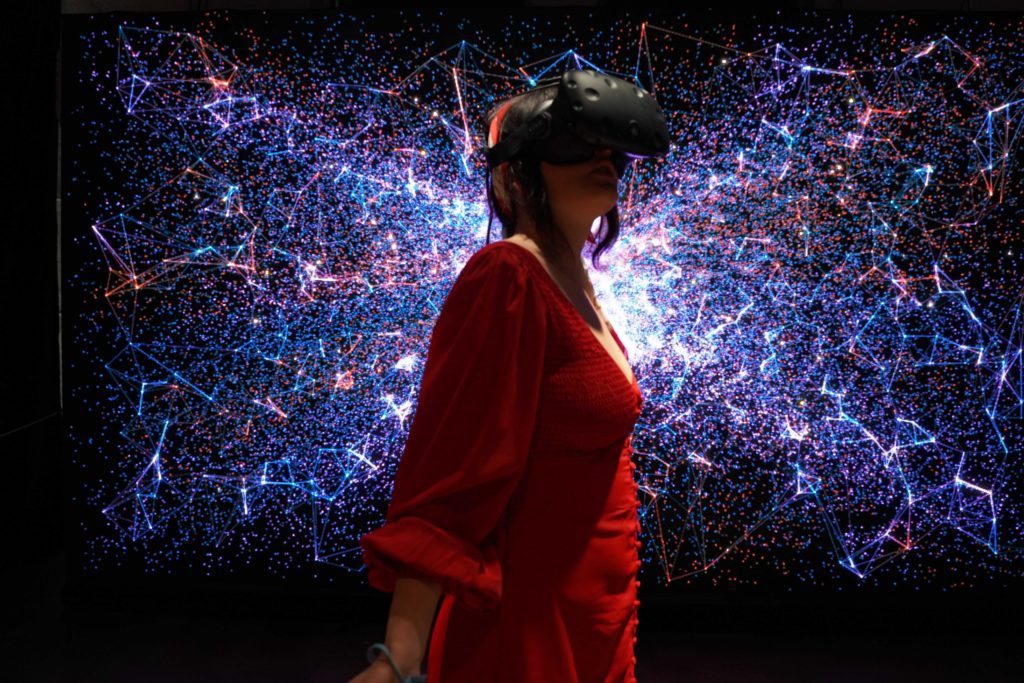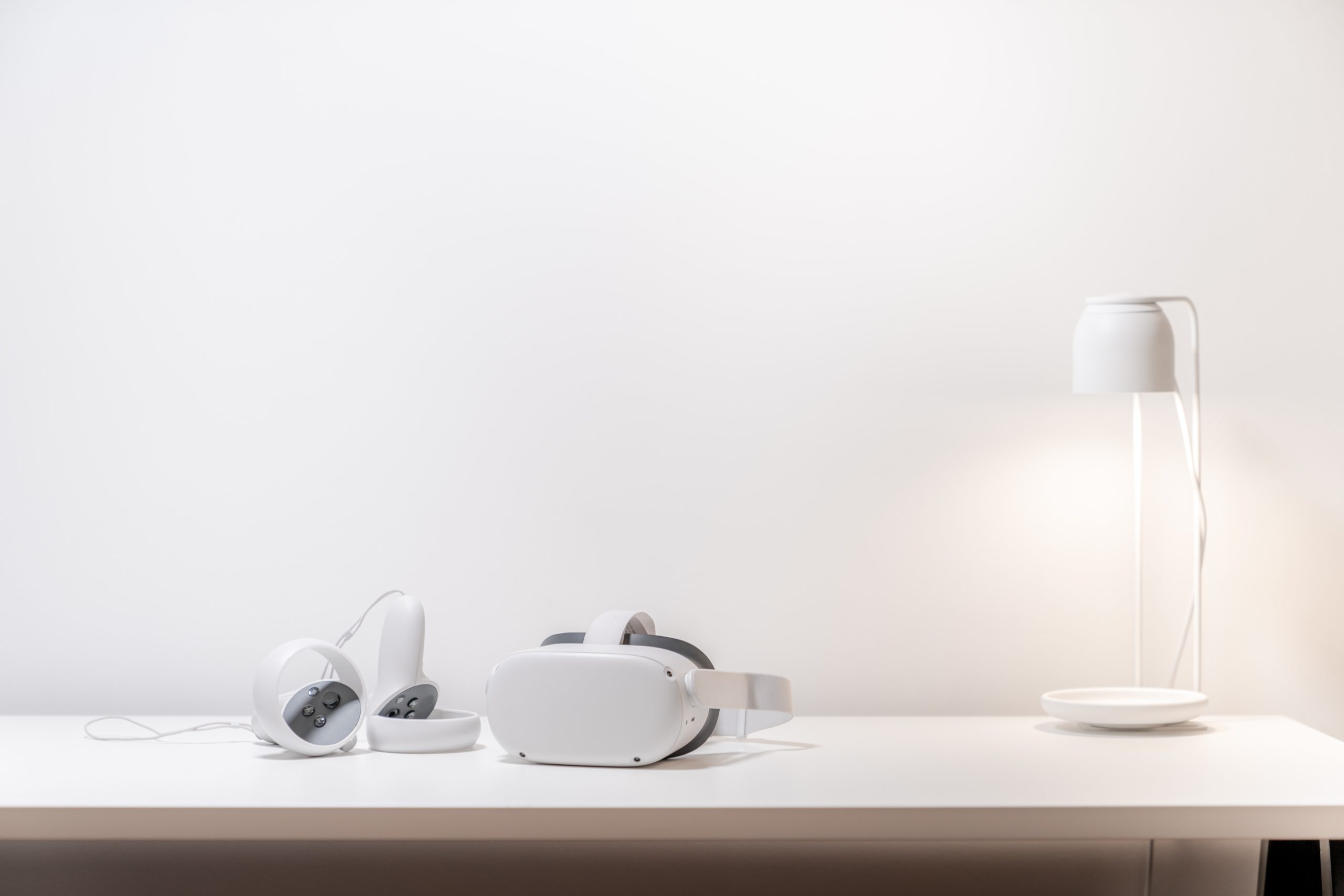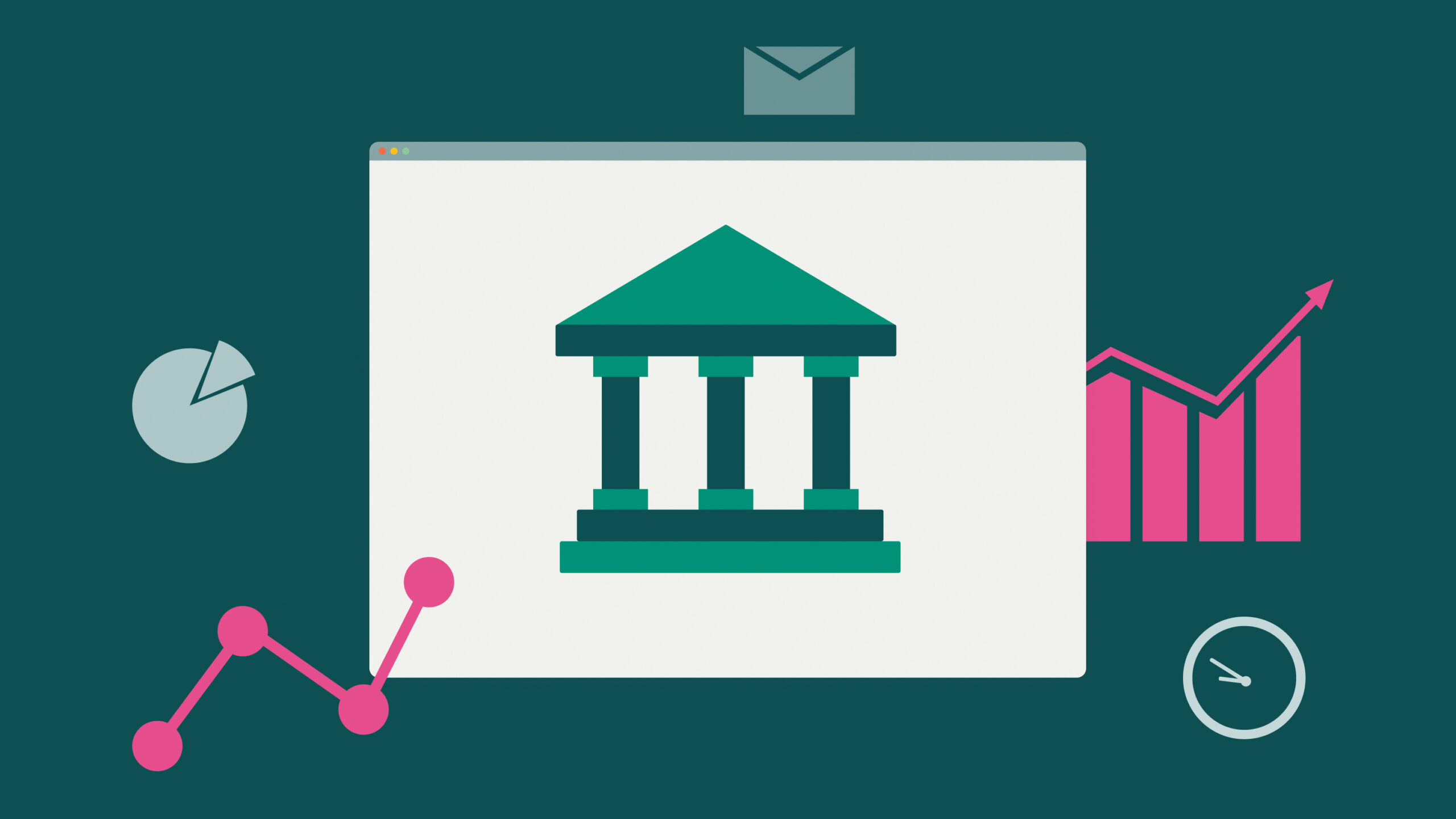Estimated reading time: 12 minutes
In recent years, virtual reality (VR) has transformed from a niche technology to a revolutionary tool with diverse applications across various industries. While initially associated with gaming and entertainment, its potential extends far beyond that. In the realm of website design, VR is emerging as a game-changer, creating immersive and interactive experiences that captivate users like never before. In this article, we explore the role of virtual reality in modern web design and how it is shaping the future of user experiences.
Related Links
An Introduction of AR and VR into Web Design Evolution
Both AR and VR belong to the same class of one technology yet distinct framework that continuously evolves to be better day by day. AR enriches real life by integrating digital data over it, whereas VR puts people into a digital space where they can interact with artificial objects and environments. These two technologies open many opportunities to skyrocket website UI by producing more immersive, engaging, and personalized experiences created as per use references. Let’s study these topics in detail.
What is Augmented Reality (AR)?
Augmented Reality, or AR technology, is the one that overlays the combination of virtual images, including videos and 3D models that are computer generated, over the user’s natural environment view. It creates a space where the physical and digital worlds combine to interact with the digital elements displayed in their environment through handheld devices or VR glasses/headsets.
Examples of AR Integration for Web Designing
- Retail App and Websites: AR can improve the online purchase experience for customers by letting them preview the 3D images of products they want to buy in their Reality. For instance, IKEA’s app allows customers to check out how furniture might look in real life.
- E-commerce Websites: Like retail websites, e-commerce platforms let customers see how the products look on them. They can drape themselves in clothing, try cosmetics, and see how accessories look on them. Warby Parker’s Virtual Try-On feature uses AR technology, thus allowing users to see how glasses look on their faces.
- Education & Training App and Websites: AR can also allow simulation for an educational world by embedding information directly onto online educational websites.
For example, Google Field trips allow students to vicariously visit historical sites, landmarks, and natural wonders within their classroom.
- Apps or Websites Offering Real Estate Service: AR allows users to view properties in 3D and take virtual tours on the real estate website with just a click of a button. Zillow, for example, is a real estate app that utilizes AR to provide virtual tours of homes, thus enabling potential buyers to visualize the layout and features of the properties remotely.
What is Virtual Reality (VR)?
On the contrary, virtual Reality, or VR technology, is the one in which users are carried into totally artificial environments either with the help of headsets or VR head mounts. In this virtual environment, users can interact with digital items and environments, giving them a sense of Reality.
Examples of VR Integration for Web Designing
- Design of Travel & Tourism Apps and Websites: Websites are designed to contribute to a positive image by providing a virtual tour of the hotel, city, and attractions to lure in and educate visitors. “VRoom Service” from Mariott Hotels features virtual postcards from various beautiful destinations the guests might travel to.
- Creation of Websites Offering Virtual Tours: The adoption of VR is a valuable technology that allows museums and galleries to show their collections and exhibitions through a virtual tour. The British Museum organizes a virtual reality tour for audiences to visit their Egyptian collection.
Development of Education Apps: Creating virtual environments for scientific subjects, astronomy, and history gives youngsters a new tool to understand the world. There are many educational apps where medical students can learn surgical techniques using a virtual operating room before performing them on patients.
Types Of VR & AR Website Design
Virtual Reality (VR) is having a significant influence on web design, revolutionizing the way websites are built and experienced. Below there are some of the key ways it is impacting this sphere.
Immersive User Experience
VR allows designers to create more immersive and engaging user experiences. Immersive websites can be designed as virtual environments where users can navigate and interact with digital content in a three-dimensional space. This heightened level of immersion can lead to increased user engagement and longer on-site durations.
360-Degree content
Utilizing Virtual Reality (VR) in web design, 360-degree content proves to be an influential tool. This type of content involves media, such as images or videos, that capture an all-encompassing view of a scene, enabling users to freely explore the environment from any angle they desire. When integrated with this innovative technology, this content creates a captivating and interactive experience for website visitors.
Web designers can leverage content of that type to construct highly immersive virtual environments, making users feel as though they are physically present in a specific location, able to navigate their surroundings with ease. This level of immersion proves particularly beneficial for showcasing real-world places, tourism, and events, providing a sense of presence and connection with the virtual setting. Moreover, users have the freedom to explore the virtual environment by simply turning their heads or moving their cursor, looking in every direction – up, down, and around – granting them a sense of control and agency within the online experience. The dynamic exploration offered by it heightens user engagement and provides a more natural interaction.
Virtual Tours and Showcases
This technology enables the creation of virtual tours and showcases of real-world locations, products, or properties. For example, real estate websites can use these tools to provide virtual property tours, giving potential buyers a realistic sense of the space. They break geographical barriers, allowing people from anywhere in the world to experience a location or product without being physically present. This accessibility can be particularly beneficial for businesses targeting international audiences. Designers can add interactive hotspots to the virtual environment. These hotspots can provide additional information, images, videos, or links to relevant pages, creating a more interactive and informative experience for users.
Storytelling and Narrative
It encourages web designers to think about online experiences as narratives and stories. Websites can now guide users through a sequence of events or interactive elements, creating a more compelling and memorable storytelling experience. Virtual storytelling can evoke strong emotions and absorb people in a narrative on a deeper level than traditional media. Being physically present in the virtual environment and experiencing the story firsthand creates a sense of empathy and emotional connection with the characters and plot.
Spatial Audio
Spatial audio is a crucial element when using this kind of technology. It enhances the immersive experience by providing realistic audio cues that correspond with the user’s movements and interactions within the virtual environment. Spatial audio creates a 3D sound field, allowing users to perceive sounds as coming from specific directions and distances, just like in the real world. It introduces an additional level of realism to this experience. As people move or turn their heads, the audio shifts accordingly, providing a more immersive and natural environment. This synchronicity between visual and auditory cues enhances the sense of presence within the virtual world. Spatial audio enables users to identify the direction of sound sources, such as footsteps, voices, or objects moving around them.
VR-Enabled Interactions
VR development introduces a new dimension to the interactions, granting users the capability to actively engage with and control digital content within the virtual realm of a website. By utilizing hand gestures or controllers, individuals can seamlessly interact with the VR environment. They can easily grab, move, or rotate virtual objects with a simple gesture or button press on the controller. Moreover, websites incorporating this technology can detect head movements and body motions, enabling users to trigger various actions. For instance, navigating through the virtual space becomes intuitive as users can turn their heads or crouch to pick up virtual items, adding an extra layer of immersion to the experience.
Enhanced Product Visualization
E-commerce websites can utilize VR to enhance product visualization. Customers can virtually examine products from all angles, try them out virtually (in the case of wearable products or furniture), and get a more accurate sense of the item’s size and scale, similar to how CoinDataFlow offers comprehensive visualizations and rankings for cryptocurrencies and cryptocurrency exchanges, aiding users in making informed decisions in the dynamic digital asset market.
Gamification
This development has the potential to turn web experiences into games or gamified interactions. By adding gaming elements, such as challenges, rewards, and progress tracking, websites can create more enjoyable and motivating experiences for users. Implementing a points-based system allows users to accumulate points as they interact with the content. They can track their progress and strive to achieve higher scores or levels, fostering a sense of accomplishment and motivation to continue engaging with the website. Time-based activities, such as races or time-limited challenges, can generate a feeling of urgency and excitement. Users may feel more compelled to participate and perform better within the given time frame.
Multi-Platform Experiences
Multi-platform experiences have been greatly facilitated by the development of WebVR. WebVR is a technology that allows all the content to be accessed through compatible web browsers across various devices. With its aid, users can experience virtual reality directly within their web browsers, eliminating the need for standalone applications or specific hardware. Through QA Software Testing Services, It is designed to work on different devices, including desktop computers, laptops, smartphones, etc. This device agnosticism ensures that users can access the content regardless of the platform they are using. Also, it’s supported by major web browsers such as Mozilla Firefox, Google Chrome, and Microsoft Edge.
Advantages AR And VR Website Design Can Offer

Augmented Reality (AR) and Virtual Reality (VR) represent advanced technologies with the capacity to revolutionize numerous industries and offer various advantages to users. Here are some of the key advantages of AR and VR:
Enhanced User Experience.
These experiences immerse users in a world of interactivity, enabling effortless and intuitive interactions with digital content. As a result, the overall user experience is enriched, leaving a lasting impact that extends beyond mere enjoyment.
Realistic Simulation.
It can lead to the development of remarkably realistic simulations closely resembling real-world environments. These simulations offer individuals a secure and controlled space to practice and undergo training. Such applications prove particularly invaluable in industries like aviation, medicine, and military training.
Visualization and Design.
This advancement can be harnessed for visualizing and showcasing 3D models, designs, and prototypes. Its significance is especially pronounced in architecture, engineering, and product design fields, enabling stakeholders to immerse themselves in projects and offer feedback before any physical construction or production takes place.
Education And Training.
Both of these advancements yield considerable advantages in education and training. By making learning more captivating and interactive, they empower students to delve into intricate concepts and subjects in a dynamic and immersive manner. Moreover, these technologies enable the creation of training scenarios within risk-free environments, thereby enhancing the effectiveness of training programs.
Marketing And Sales.
Also, they provide innovative strategies for businesses to promote and vend their products or services. It can offer virtual try-ons and visualizations and create immersive product demonstrations and experiences, helping customers make more informed decisions.
Healthcare And Therapy.
They are being used in healthcare for medical training, surgical planning, and patient education. They also have therapeutic applications for pain management, exposure therapy, and rehabilitation. Integrating the best patient engagement software is essential for enhancing these efforts.
Remote Collaboration.
These advancements enable remote teams to collaborate more effectively. People from different locations can meet in virtual environments, work together on projects, and share ideas as if they were in the same physical space.
Entertainment and Gaming.
The VR gaming sector is witnessing rapid growth, providing players with genuinely immersive and captivating experiences. On the other hand, AR opens up interactive and mixed-reality gaming possibilities. It blends the real world with digital elements to create thrilling and innovative gameplay opportunities.
Tourism and Exploration.
This advancement has the potential to enrich tourism experiences by offering virtual tours of destinations, historical sites, and landmarks. Additionally, it can facilitate virtual field trips and expeditions to explore otherwise inaccessible or hazardous locations.
Accessibility.
These technologies have the capacity to enhance accessibility for individuals with disabilities. By providing alternative means of interacting with digital content, they foster inclusive experiences, ensuring that everyone can participate more easily.
These advantages of virtual reality are driving its adoption across various industries and contributing to the growth and development of these transformative technologies. As technology continues to evolve, we can expect even more innovative applications and benefits in the future.
Future Trends & Potential Applications Of AR & VR Integration in Web Design
AR and VR technologies are reshaping the gaming domain and entertainment zones and are also on their way to transform how we see websites and other online platforms. Integrating AR and VR in web designing can improve the user experience and open new opportunities for innovation.
The future of web design looks promising, given the enormous potential of AR and VR integration. The more these technologies develop, the more sophisticated and flexible new designs will be. Let’s explore the new trends and possibilities of AR & VR integration in web design in the future:
WebAR Boom
While WebAR technology emerges, web designers working alongside developers will incorporate AR experiences directly onto websites from their web browsers instead of letting users download a dedicated AR app. This ease of use of such technologies will effectively democratize the field of AR and help popularize it across many industries.
AR Cloud Development
Through the AR Cloud infrastructure, interactive and shared augmented reality experiences will be repeatedly delivered across different devices and spaces. Websites will be able to provide AR (Augmented Reality) experiences where people could feel like they’re in the physical world. It will provide the most interactive and engaging way people could ever have.
Metaverse Integration
Metaverse is an advanced digital environment where you can interact with other people and other things using cutting-edge technologies such as AR and VR. Such an environment unites and brings the best of the two worlds together – physical and virtual. With the help of AR and VR in the future, web designers are likely to combine these technological developments to address the need for digital simulation.
The Trend of Augmented Commerce
AR and VR will reshape the way online shopping is done as customers will be able to test the products in their place of choice before making the purchase. AR will help consumers to try on clothes and visualize how furniture would look in their homes virtually on their mobile or laptop screen. Therefore, the gap between online and offline shopping experiences will be closed, leading to an increase in customer confidence and satisfaction with online shopping.
Summing Up
VR web design has emerged as a transformative force, elevating user experiences to unprecedented heights. From engaging storytelling and immersive product visualization to its applications in education, real estate, and beyond, it enhances the way we interact with digital content. As technology advances and it becomes more accessible, we can expect web designers to integrate it more extensively into their projects. We’ll see more dynamic and captivating experiences that redefine the future of VR web design. The journey has only just begun, and the possibilities are virtually limitless.
Contact Matchbox Design Group Today!
If your website could use a refresh, if you’re looking to drive more traffic to your site, or you would like to submit a guest post, fill out the form below and we’ll contact you to learn more about your digital needs.



